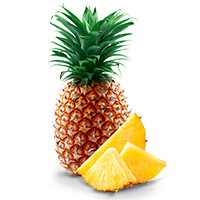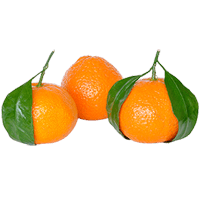Orange Glycemic Index (GI) — Is It High or Low?
The glycemic index of fruits can change depending on the country and growing conditions.
According to The International Tables of Glycemic Index Values, the glycemic index of a raw orange from South Africa is 33±6, whereas oranges from Canada have a much higher GI of 40±3 (1).
The lowest GI has oranges from Denmark of 31 (2). One Indian study shows that the glycemic index of orange is about 52 (3).
Based on all these researches, the average glycemic index of the row, middle-sized orange is about 45.
The glycemic index of unsweetened orange juice (reconstituted concentrate) from Australia is about 53±6, while orange juice from Canada has a lower GI: about 48±4 (1). Lastly, orange juice ( frozen concentrate) from the USA has a GI of 57±6 (2).
The mean of these studies makes the average glycemic index of orange juice 50, with 26 grams of carbs. This makes orange juice a high-GI drink. It is better to eat a whole orange instead.
Orange marmalade with no sugar has a GI of 27±3, while orange marmalade with sugar has a higher GI, equalling 48±9 (1).
The main components of oranges are carbs and water, but they contain very little protein, fat, and calories. The sweet taste of these fruits comes from simple sugars, such as glucose and fructose. Nevertheless, oranges are considered a low glycemic index fruit (4).
Fruits with low glycemic index values are associated with many health benefits. Oranges contain strong antioxidants, which can help manage and prevent type-2 diabetes (5).
In summary, oranges are low glycemic index fruits. Moreover, they are full of fiber, which takes the longest to break down and digest. This enables the slow release of sugar into the bloodstream, further ensuring that your blood glucose levels are stable for a long period.
You can find our glycemic index chart of over three hundred foods and beverages by following the link.
Sources
- https://care.diabetesjournals.org/content/diacare/suppl/2008/09/18/dc08-1239.DC1/TableA1_1.pdf
- https://care.diabetesjournals.org/content/diacare/suppl/2008/09/18/dc08-1239.DC1/TableA2_1.pdf
- https://www.cabdirect.org/globalhealth/abstract/20123409459
- https://onlinelibrary.wiley.com/doi/abs/10.1111/j.1399-3054.1994.tb02188.x
- https://www.sciencedirect.com/science/article/pii/S235261811500027X



